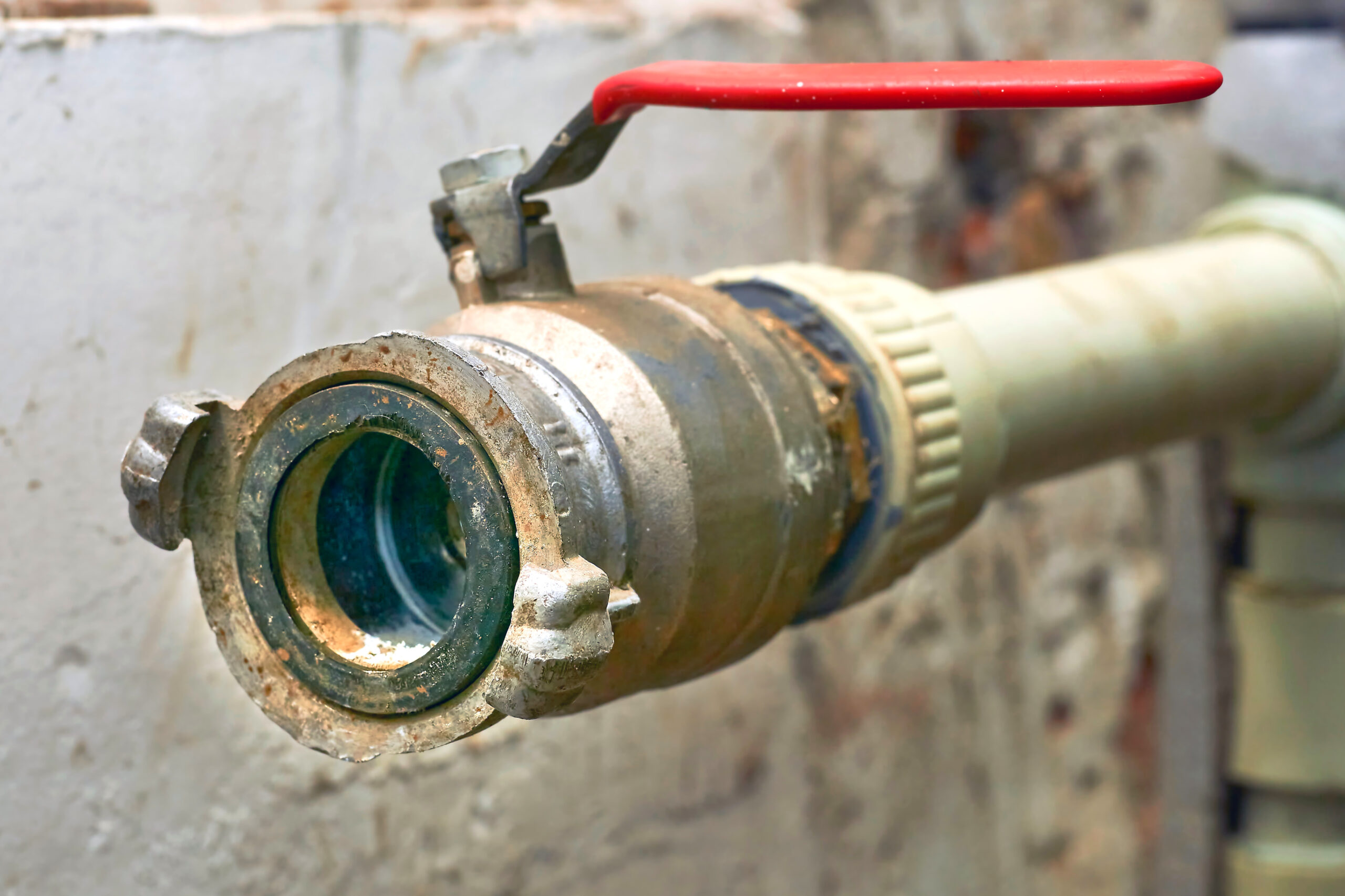
A pump station is a product used to lift or move water when no gravity fall can be achieved. Installed underground and often cylindrical in shape, the pump station would normally have 1 or 2 pumps installed inside it. Float switches monitor the level of water in the tank. As water enters the tank and fills up, the float switch activates the pump to move the water to its desired location.
There are different types of pump stations depending on the application and water it is receiving as follows:
A crude pump station (or sometimes called a raw sewage pump station) is designed to move wastewater from a building. The pumps will normally be vortex pumps with a large free passage to enable solids to be moved, or grinder pumps which churn up solids to allow pumping through narrower pipes.
A final effluent pump station is designed to be used to move treated water (containing no solids). These are commonly used when the outlet of a treatment plant needs to be lifted. The pump station can be fitted with single or twin pumps. Alarm options are also available.
A surface water pump station works in the same principle as all pump stations, it takes water from surfaces (roofs, or groundwater) and used in the event no gravity fall can be achieved. The pump(s) will be sized depending on the estimated flow rate and the distance the pump has to move the water.
Pumping stations serve a vital role in some sewage treatment systems. If you’re considering having one installed, important that you know what you’re buying.